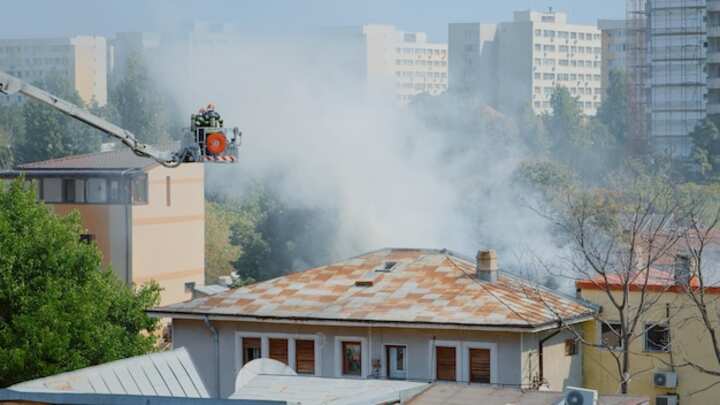
The Ultimate Guide to Professional Smoke Odor Removal
Smoke odor can be a persistent and unpleasant problem that lingers long after a fire has been extinguished. It is not just an annoyance; smoke odor can also pose health risks if not addressed properly. Professional smoke odor removal is often necessary to ensure that the affected environment is restored to a safe and habitable state. This guide delves into the intricacies of effective smoke odor removal, outlining the processes and considerations involved in eliminating smoke odor from residential and commercial properties.
Understanding Smoke Odor
What Causes Smoke Odor?
Smoke odor is caused by tiny particles and gases released during combustion. These particles can embed in various surfaces such as walls, carpets, and furniture, making them difficult to eliminate through conventional cleaning methods. The type of material burned and the extent of the fire can influence the persistence and intensity of the smoke odor.
Why Professional Smoke Odor Removal is Essential
Attempting to remove smoke odor without professional assistance can lead to incomplete odor elimination and potential health hazards. Here are key reasons why engaging professionals is crucial:
- Expertise and Equipment: Professionals have specialized training and access to advanced equipment designed to tackle smoke odor effectively.
- Comprehensive Assessment: A thorough assessment of the affected area is essential. Explore further insights here.
- Health and Safety: Improper handling of smoke odor can exacerbate respiratory problems and other health issues.
Steps Involved in Professional Smoke Odor Removal
Initial Assessment and Inspection
Professionals start with a detailed assessment of the property to determine the extent of smoke damage. This step involves identifying which areas require attention and the type of materials affected. Read more about this topic.
Cleaning and Deodorization
- Surface Cleaning: All affected surfaces are cleaned using specialized products to remove smoke particles.
- Thermal Fogging: This process involves using a heated deodorizing fog to penetrate and neutralize smoke particles embedded in surfaces.
- Ozone Treatment: Ozone generators are used to break down odor molecules. This treatment is effective but requires professional handling due to the potential health risks associated with ozone exposure. Learn more in this detailed guide.
Restoration and Prevention
Once smoke odors are neutralized, further restoration efforts may include repainting walls, replacing carpets, or repairing furniture. Additionally, preventive measures are recommended to avoid future smoke damage, such as installing proper ventilation systems and using smoke-resistant materials.
Choosing the Right Professional Service
When selecting a smoke odor removal service, consider the following factors:
- Experience and Certification: Ensure the service provider has the necessary certifications and experience in handling smoke odor removal.
- Reputation: Look for reviews and testimonials from previous clients to gauge the quality of the service.
- Comprehensive Services: Choose a provider that offers a complete range of services, from assessment to restoration. Find additional information here.
In conclusion, professional smoke odor removal is a critical process that ensures safety and restores the integrity of affected properties. By understanding the importance of each step involved and selecting the right professional service, individuals and businesses can effectively overcome the challenges posed by smoke odor.